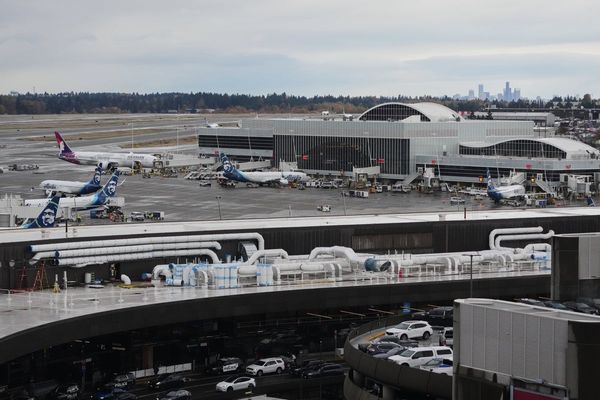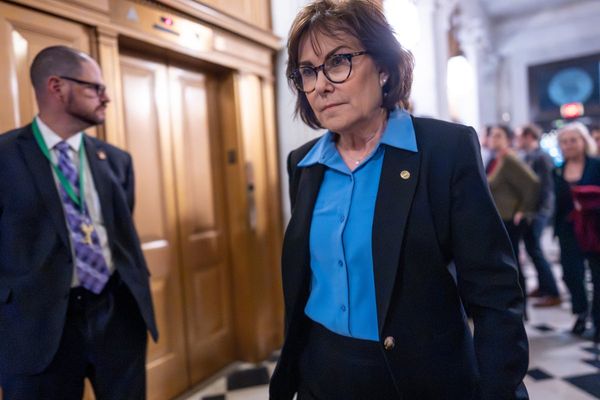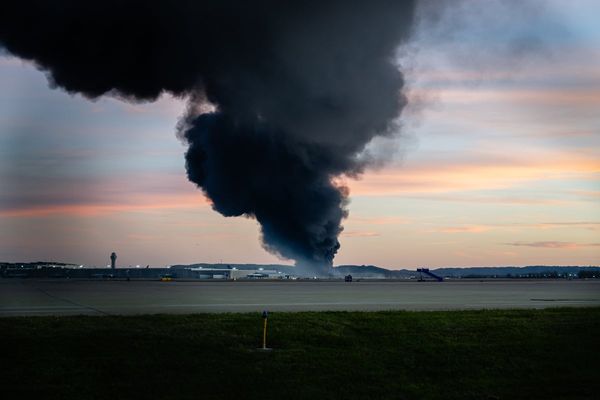The government has announced it will support the long-proposed third Heathrow runway as part of its drive to boost the UK’s economy, but the move has been met with fierce criticism by environmentalists and locals.
Discussions around the expansion of the UK’s busiest airport date back to 2003, when its owners first sought approval for the third runway. More than 20 years later, Labour has got behind the project.
The chancellor promised to take forward a full assessment through the airport national policy statement, designed to “ensure that the project is value for money and our clear expectation is that any associated service transport costs will be financed through private funding”.
“It will ensure that a third runway is delivered in line with our legal, environmental and climate objectives,” Rachel Reeves said in a speech last week.
Although the new assessment is yet to be published, the last proposal was assessed by the Airports Commission (AC) in 2017 and remains relevant to the new plans.
Here, The Independent takes a look at the potential pollution, emissions and noise impacts of the proposed third runway.
Carbon Dioxide emissions
The biggest impact of the third runway would be the carbon dioxide (CO2) emissions from the approximately 300,000 more year flights from Heathrow. Flights from the airport are currently capped at 480,000 per year, and that limit is being reached. A third runway would theoretically increase this to 720,000 flights.
The Airports Commission’s assessment estimated there would be an additional 4.4m tonnes of CO2 a year from a third runway. This is equivalent to 101,862,382,320 miles driven by the average fuel-powered car or 5,371,878 homes' energy use for one year. It would require 661,403,439 tree seedlings grown for 10 years to sequester these emissions.
Government plans to use green jet fuel to offset the environmental impact of airport expansions have been rubbished by the energy industry. Ms Reeves had said ‘sustainable aviation fuel’ (SAF) is essential as projects like Heathrow’s third runway go forward. But Wael Sawan, chief executive of oil giant Shell, has said SAF is too expensive, meaning airlines will be slow to take it up.
The Department for Transport says the fuel is one of the key measures needed to ensure the UK can still reach net zero emissions from aviation by 2050. Studies show that it reduces greenhouse gas emissions by 70 per cent compared to fossil kerosene, a common kind of jet fuel.
However, a new study by the New Economics Foundation also suggested that all the reductions delivered by Labour’s plan to decarbonise the electricity grid by 2030 would be wiped out in five years if the third runway goes ahead, along with smaller expansions at Gatwick and Luton.
Johann Beckford, senior policy adviser at think tank Green Alliance, told The Independent: “The science is clear – a third runway at Heathrow will take a wrecking ball to the UK’s climate targets. The technological solutions needed to cut aviation emissions whilst increasing flight numbers simply do not exist at the required scale.
“Above all, this proposal falls flat on its own terms, airport expansion will make no meaningful contribution to economic growth, especially in this Parliament. In fact, it is more likely that Heathrow’s expansion would redirect investment to the southeast, exacerbating regional inequalities, all the while undermining the UK’s own tourist industry. A transformative, green transport strategy would place local and regional bus and rail services at its heart, bringing genuine benefits to communities across the UK.”
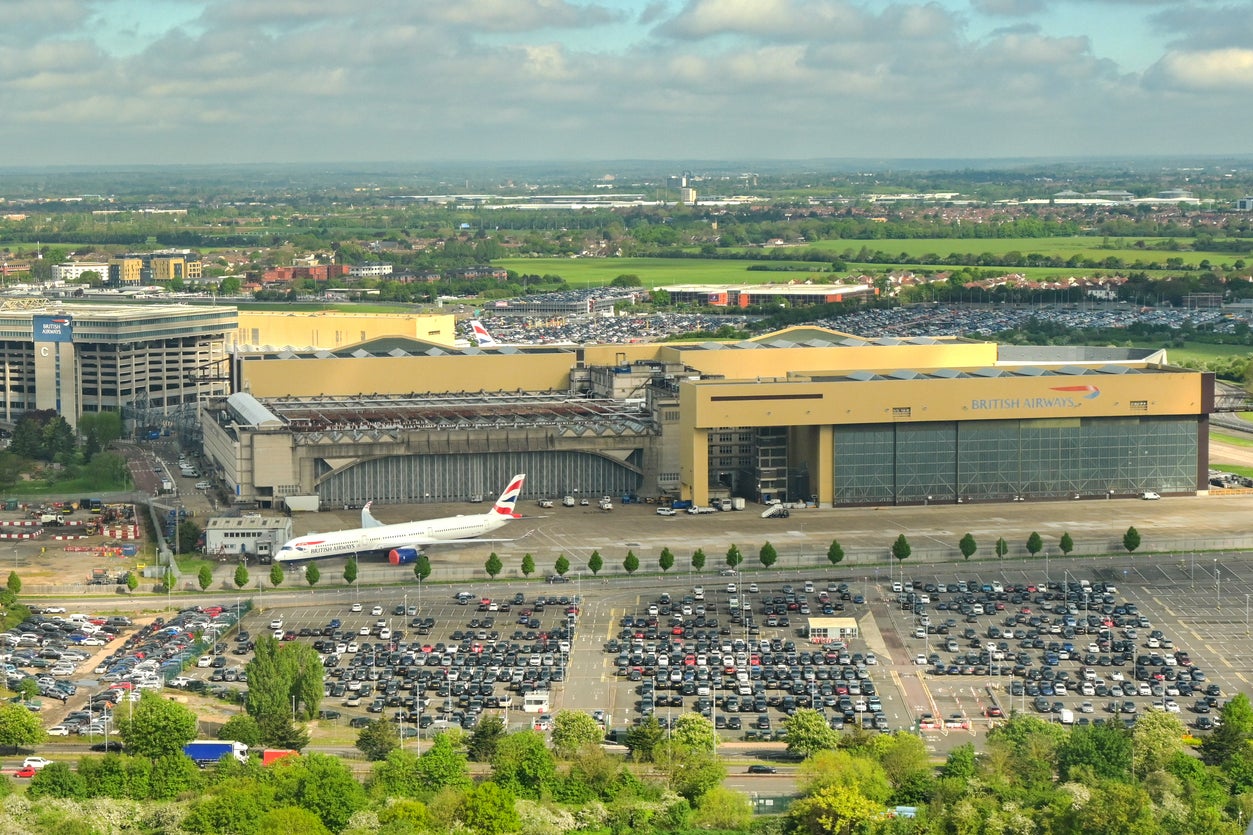
Downing Street said on Friday the government is “confident” that airport expansion will be able to be “delivered in line with the UK’s legally-binding climate change commitments”.
Asked whether the Government is 100 per cent confident that a third runway at Heathrow could be consistent with climate targets, a Number 10 spokesman said: “The Government has to take big decisions that are in the national interest, we don’t accept there’s a trade-off between growth and meeting our climate commitments; our growth and net zero commitments go hand in hand.”
The spokesman said Chancellor Rachel Reeves in her recent speech was “very clear that any airport expansion proposals need to demonstrate that they contribute to economic growth and be delivered in line with the UK’s legally-binding climate change commitments.
“We’re confident we’ll be able to see that happen.”
Noise pollution
The Aviation Environment Federation (AEF) claims a third runway would lead to 300,000 more people would be brought under a new flight path.
Heathrow’s own assessment found that over 500,000 people would be newly affected by aircraft noise from the proposed expansion alone.
On the higher end, government analysis suggests that 2 million people would be exposed to significant noise increases from the runway expansion.
Even without the expansions, noise from Heathrow alone already impacts more people than any other airport in Europe, according to the Civil Aviation Authority.
Heathrow previously said it was “looking at potential options to deliver a third runway at Heathrow in line with strict tests on carbon, noise and air quality”.
Residents and wildlife
Construction of a third runway would also have a big impact on the local environment, requiring hundreds of homes to be demolished, diverting five rivers and building a tunnel under the M25, according to the AEF.
A new runway would mean that residents of the west London villages of Harmondsworth and Longford would be forced to sell their homes. Residents in other areas may also be affected.
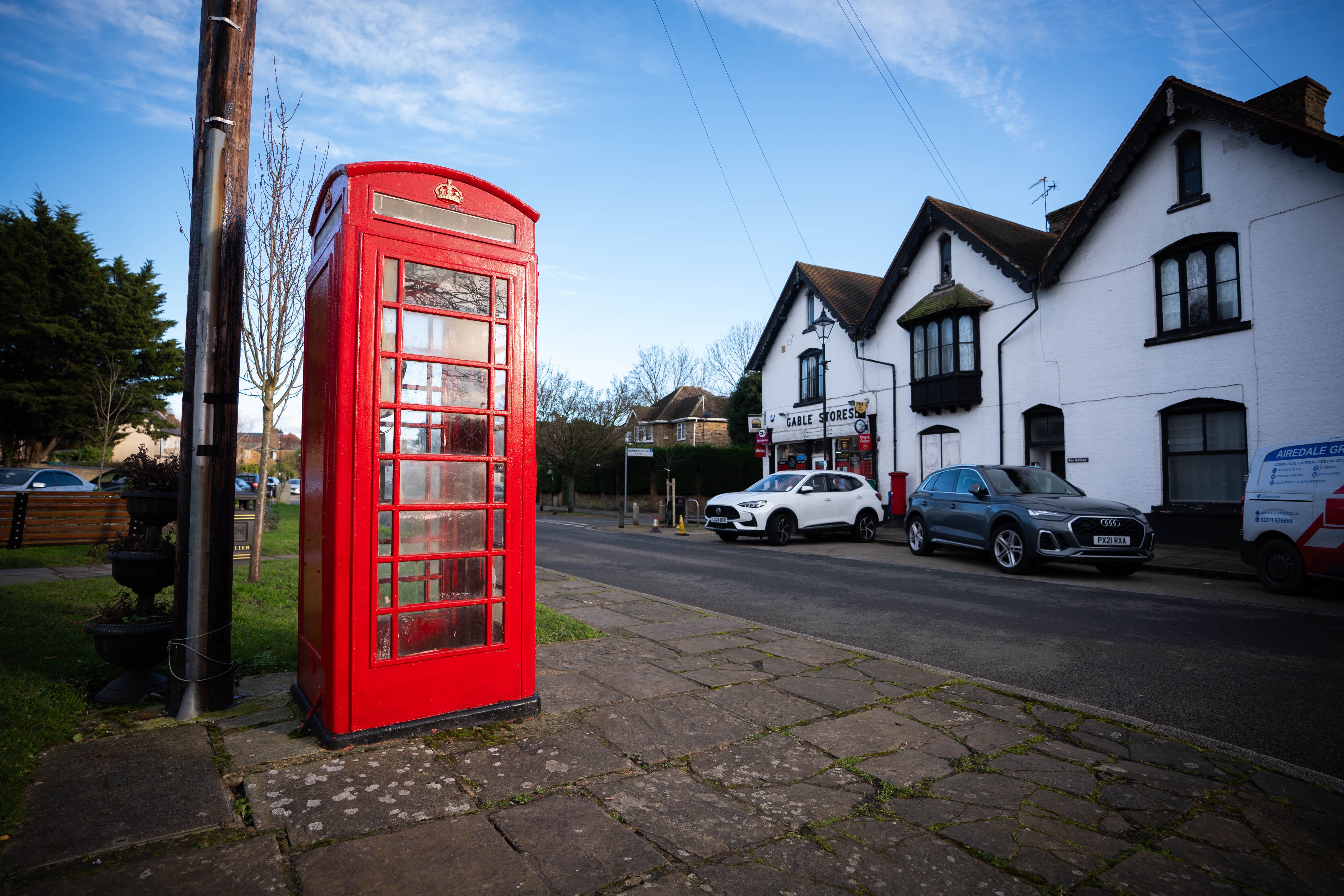
Around 1,000 homes could be subject to compulsory purchase orders, according to the shadow transport secretary Gareth Bacon, while Hillingdon Council representatives warned that 3,750 more may be affected.
Paul McGuinness, chair of the No 3rd Runway Coalition said: “We assume Heathrow expansion was chosen because it has become the totemic mission impossible.
“Yet, the plan is not only eye-wateringly expensive. It entails flattening villages and tunnelling over the M25’s busiest junction to increase Heathrow’s size by an area that is larger than Birmingham airport, to fly as many extra planes as Gatwick currently flies – effectively to build the UK’s second-largest airport next to the first. And all in the most overflown and densely packed residential region in the UK.”
The third runway may also create new flight paths over Richmond Park in west London, which could be disastrous for the sensitive wildlife and the tranquillity of the area, campaigners have warned.
Friends of Richmond Park have previously said thousands of nocturnal animals in the park would be threatened, including 11 of the UK’s 17 bat species, all of which are protected by law, as well as little and tawny owls.
“We will continue to fight threats to the peace and tranquillity of Richmond Park, be it airspace change, the consequences of a 3rd runway, or the knock-on effects of Heathrow’s easterly alternation plans,” the group said in a statement.
